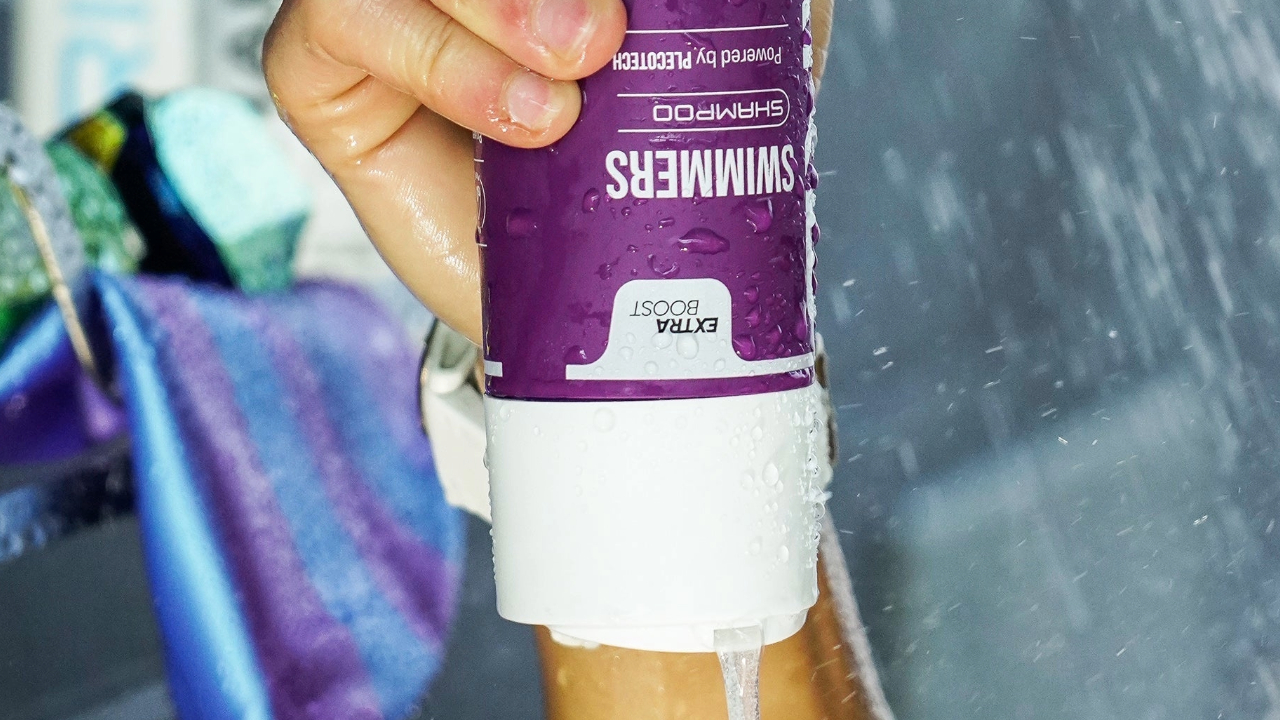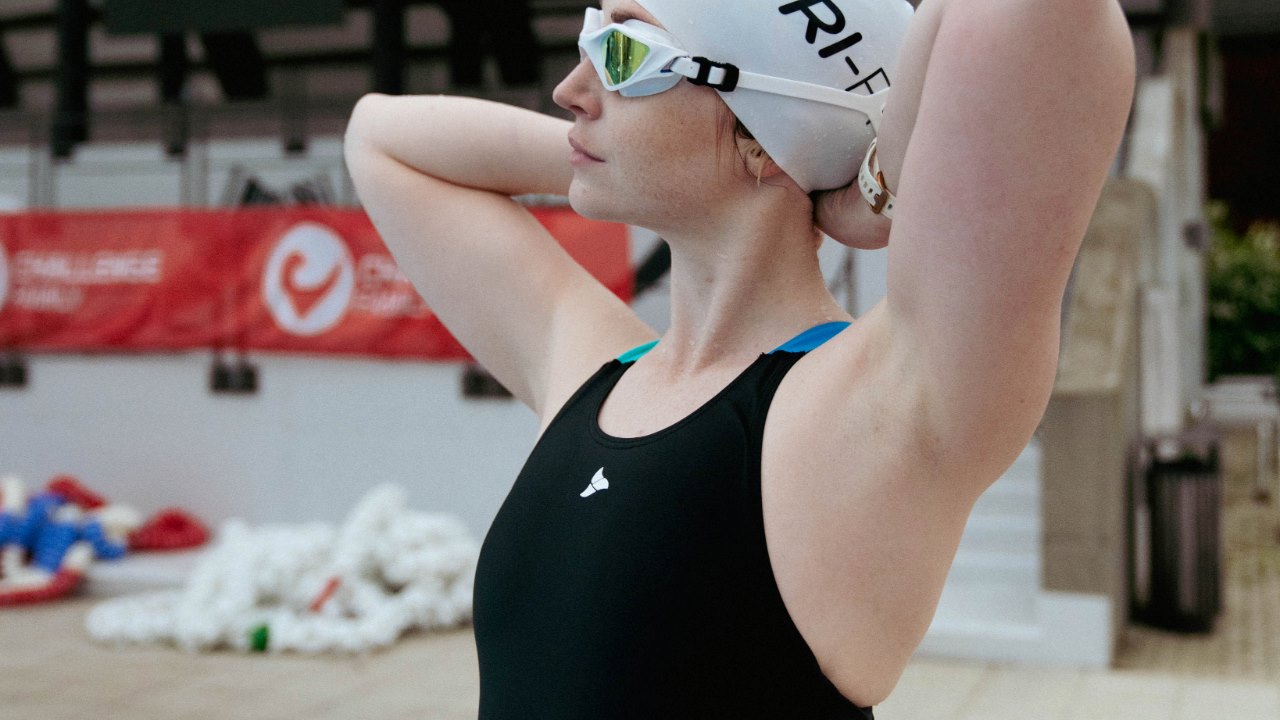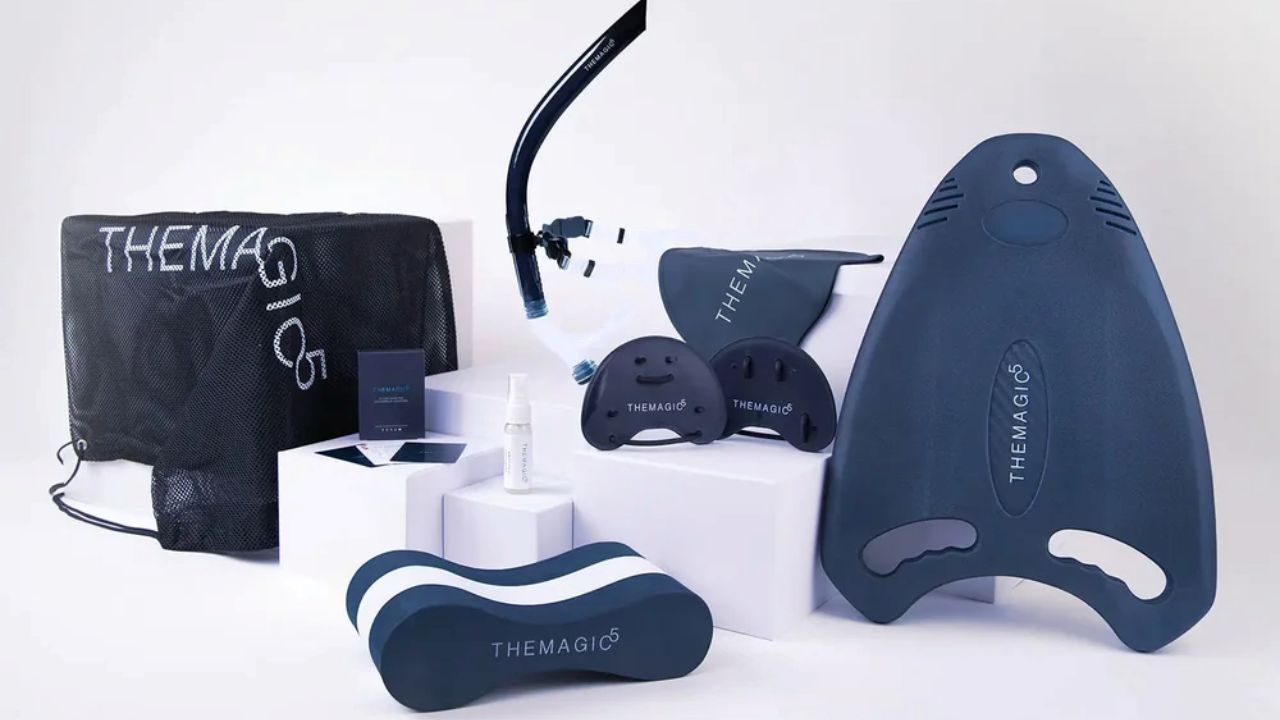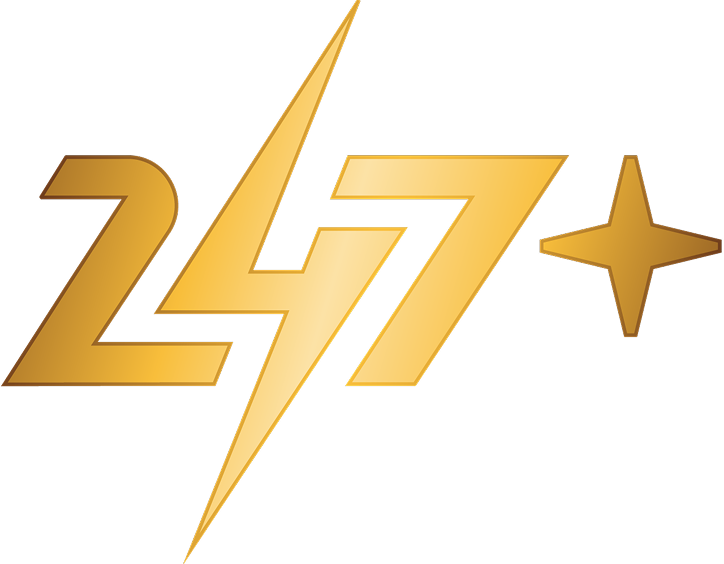We might race in open water, but for most triathletes a huge amount of our total swim training will be ticked off in the pool. And whether your love or loathe the world of chlorine, lane ropes and the slight carnage that can come with public swim sessions. Getting the most out of your pool training can play a significant role in helping you to get faster at open water swimming, so you can improve your triathlon swim time come race day.
With that in mind, let’s dive into the pool swimming essentials you’ll want to have in your kit bag to support your swim training.
An obvious must-have...
Swim suit / swim jammers
First up is a swim suit or swim jammers – an obvious one if you don’t want to get carted off for public indecency! There’s nothing like new swim wear to motivate you to hit the pool. So if you’re struggling to resist the temptation to hit snooze on your morning swim alarm, this is your ‘TRI247 made me do it’ sign to treat yourself to some new gear.
Look for chlorine-resistant material to ensure your new suit will last the off season. For women, a muscle back or string back option is great for ensuring you’re not restricted around the shoulders. We’ve recently tested out the new Propel range from TRI-FIT which we highly rate! For men, opt for jammers (or trunks/briefs if you prefer) with a drawstring so you can get a secure fit around the waist. No one wants to lose their shorts half way through a 50m sprint!
Note: If you purchase through some links on our site, we may earn an affiliate commission.
Focus on your swim training
Goggles
We’ve all had the pain of spending most of a pool swim session fiddling with our goggles. Whether it’s leaking, fogging or digging in. Goggles that are on their last legs are a sure fire way to get distracted from doing the quality pool work you need to come out of off season a better swimmer than you started.
If you’re thinking about changing your goggle of choice for race season, your pool sessions are a great time to experiment with different brands to find one that works for your face shape. Without having the annoyance of being in the middle of the lake with leaky goggles and no easy way to change them for a different pair.
We’ve pulled together a list of our top rated swimming goggles here if you’re looking for recommendations.
Kit bag space saver
Microfibre swimming towel
If you haven’t got a microfibre towel yet, it’s one of those things you’ll soon wonder how you ever lived without. Particularly if you’re swimming on your way to/from work, getting rid of the bulky beach towel in favour of a lightweight, packable, fast-drying option will free up some serious space in your kit bag.
Accessories to fine tune technique
Kickboard, snorkel, pull buoy and paddles
Once you start regularly incorporating technique drills into your swim sets, there are a range of accessories which make it easier to focus in on different parts of your swim stroke.
If you haven’t got any pool ‘toys’ yet – we’d recommend checking out the Discovery bundle from THEMAGIC5 which includes finger paddles, a tow float, kickboard, snorkel, swim cap and even a card game (of sorts) with a load of swim sessions you can pick and choose from!
Hand paddles are a great tool, when used in moderation. They’re good for helping you to work on your hand entry, catch and pull phases. If your hand isn’t entering the water at quite the right angle, the paddles will really exaggerate this so you’ll be more aware of it. They also help you to develop a better ‘feel’ for the water and notice at what stage of your stroke you need to be applying force to get better propulsion. Using paddles also helps to build strength in your shoulders and lats.
A pull buoy is a small float that goes between your legs to keep them lifted and keep you afloat without having to kick. They’re a useful tool for working on the pull phase of your swim stroke. By taking away any propulsion from your legs, you’ve got to really focus on being strong, smooth and efficient with your arms.
A kickboard is handy for – you guessed it – doing kick drills. Getting one with handles like THEMAGIC5 bundle includes also means you can incorporate side kicking and single arm work.
Finally, a snorkel might be something you haven’t used since you were a kid. But it’s actually a useful tool to take away the complication of rotating to take a breath when you want to focus on things like the track of your arm during the catch and pull phases, or your body position.
Fight back against chlorine damage
Swimming-specific skincare and haircare

We all know that the chlorine in the swimming pool can take its toll on our skin and hair. And in the winter months when you’ve also got the weather outside doing it’s best to dry your skin out. The combination of pool swimming and cold weather can leave your skin feeling uncomfortably tight and irritated. And your hair feeling decidedly straw-like. This is where using skin and haircare products designed specifically to reduce the impact of pool chemicals can work wonders.
We really like the range from TRIHARD, and it’s become a kit bag essential.
Embrace the kick drills
Swimming fins (aka flippers)
Kicking: a triathlete’s least favourite swim activity. But working on your kick is more important than you might think. It helps with maintaining a better body position in the water so you’re not relying on your wetsuit to keep your legs lifted – you never know when you might end up with a last minute non-wetsuit swim announcement. Alongside kick drills, fins are also a useful tool for helping you to maintain good propulsion when you’re doing stroke-focused drills, such as the single arm drill or sculling.
Look for fins like the Arena Powerfin Pro rather than a completely closed heel option. This style of swimming fins give you freedom of movement around the ankle joint and maintains a natural ‘flutter’ kick feel. If you’ve found using fins gives you cramp, freeing up the ankle might help to alleviate the issue.
Now that you’ve got the essential gear sorted, it’s time to hit the pool and get training. Looking for inspiration for your next pool workout? Check out these top tips from Jonny Brownlee for the pool-based swim drills you can work on now to help you get faster once it’s time to head back out into open water. Or take a look at these insights from top level swimmer Helen Gorman, along with elite coaches and athletes, on how to improve your swim endurance.




